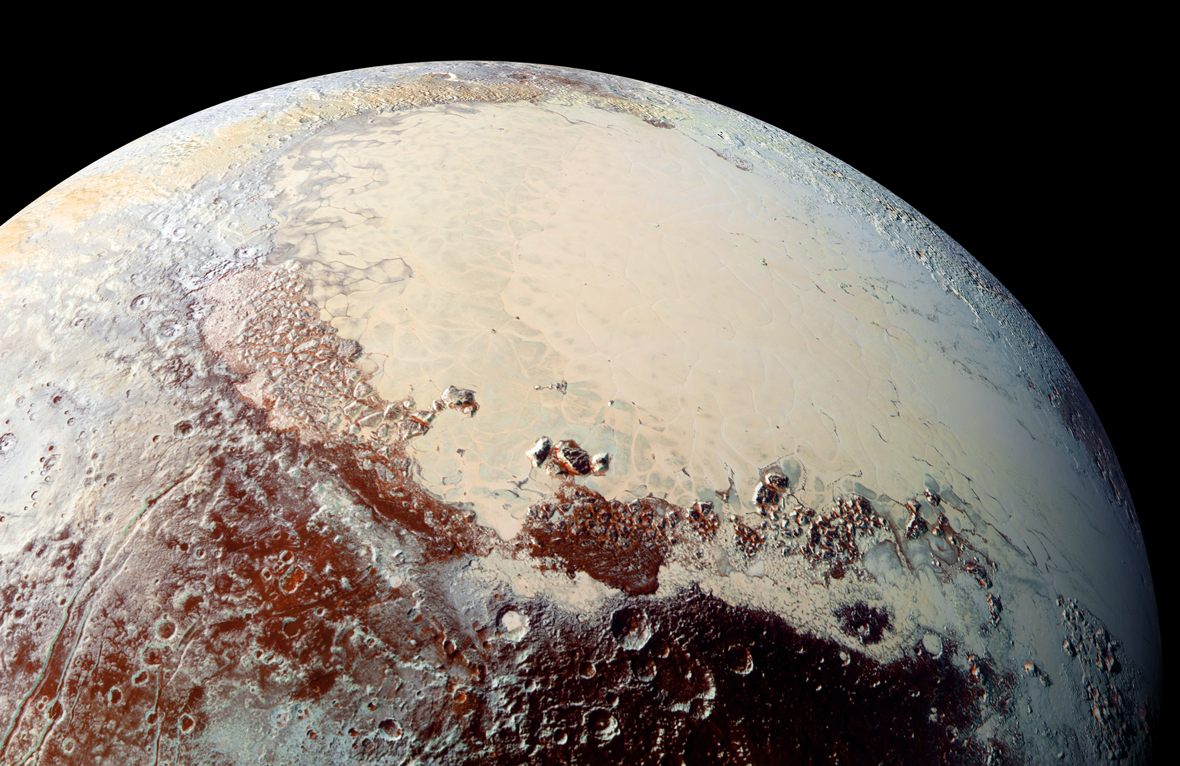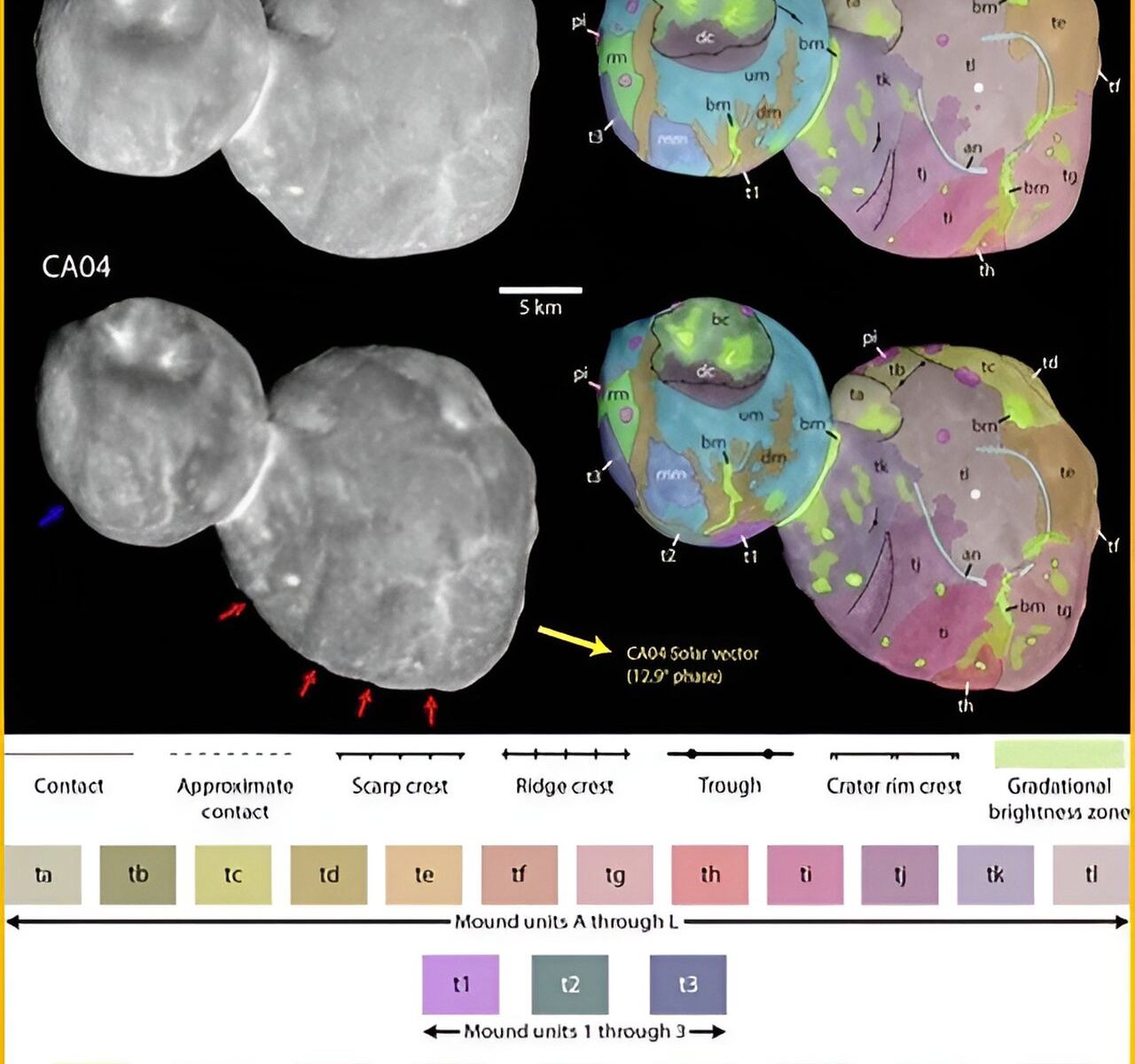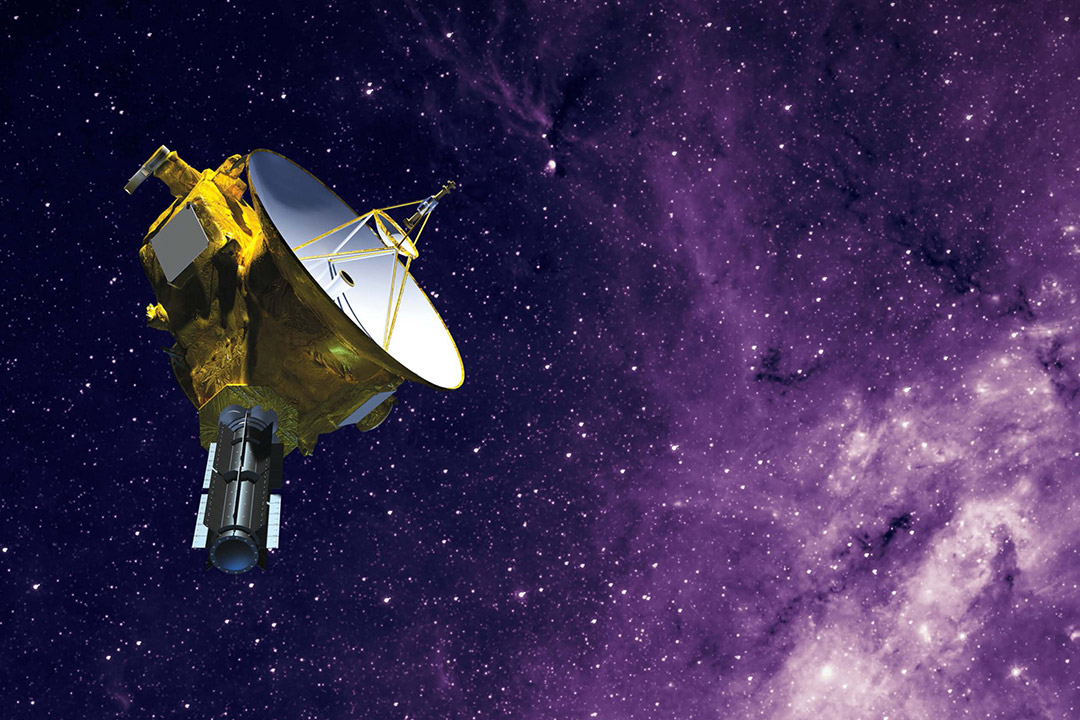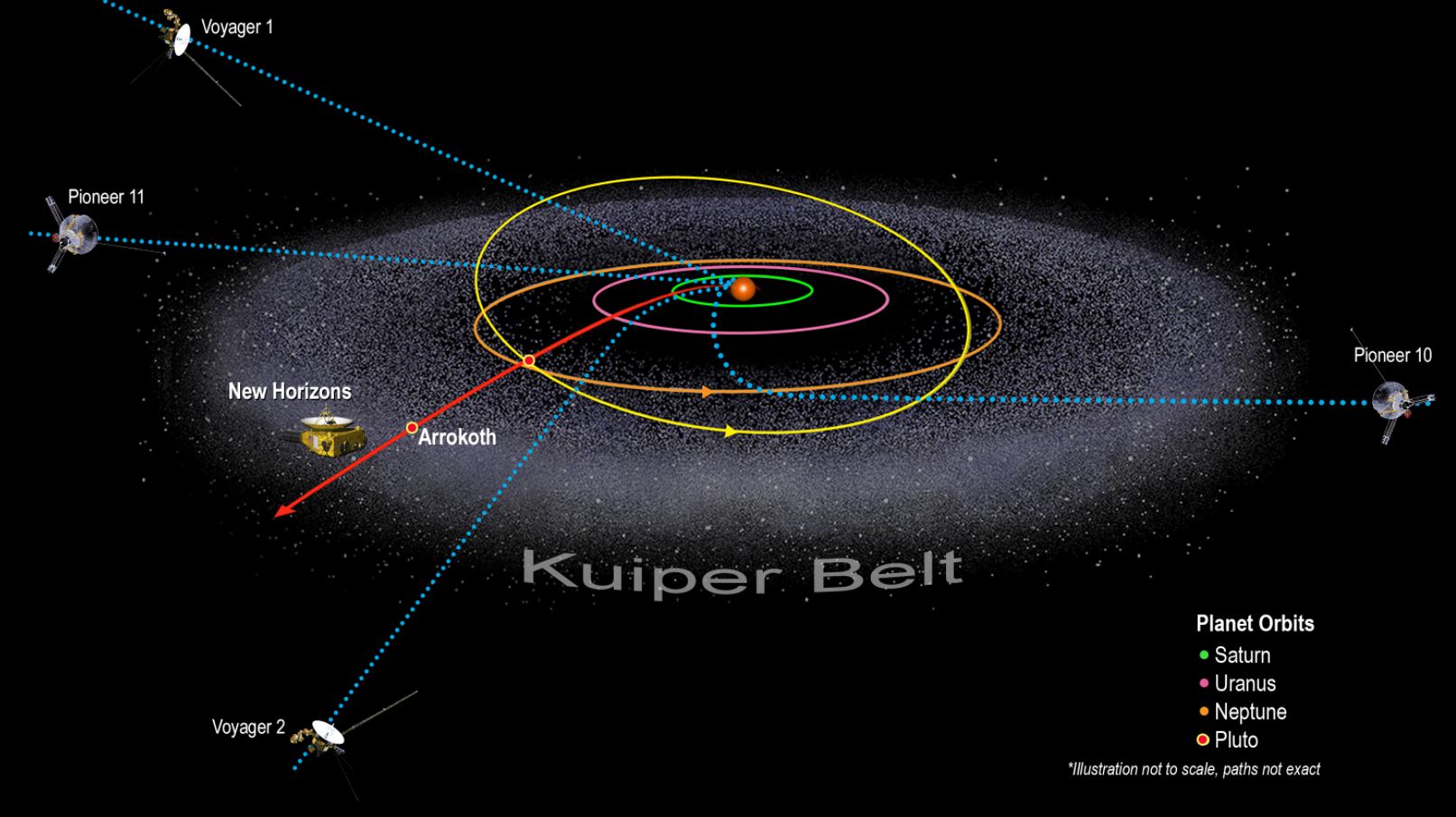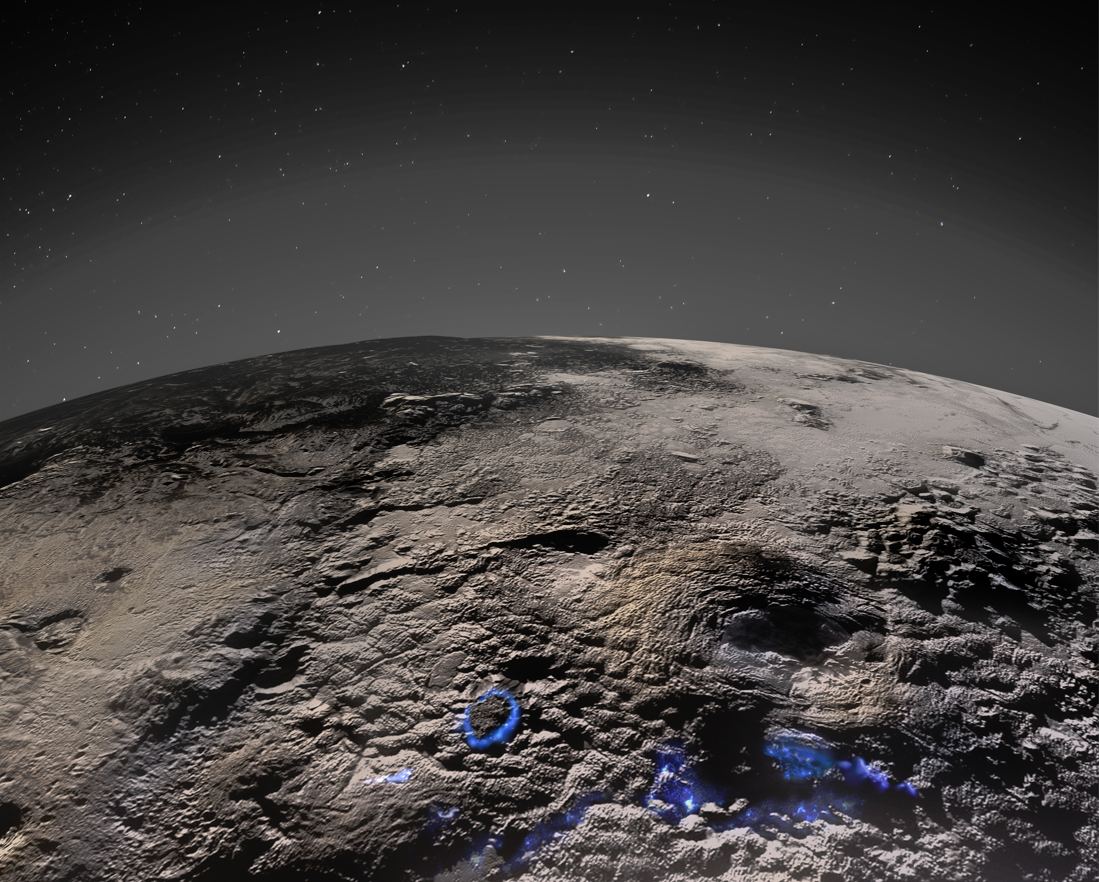On July 14th, 2015, the New Horizons spacecraft conducted the first-ever flyby of Pluto, which once was (and to many, still is) the ninth planet of the Solar System. While the encounter was brief, the stunning images and volumes of data it obtained revealed a stunningly vibrant and dynamic world. In addition to Pluto’s heart, floating ice hills, nitrogen icebergs, and nitrogen winds, the New Horizons data also hinted at the existence of an ocean beneath Pluto’s icy crust. This effectively made Pluto (and its largest moon, Charon) members of the “Ocean Worlds” club.
Almost a decade after that historic encounter, scientists are still making discoveries from New Horizons data. In a new paper, planetary scientists Alex Nguyen and Dr. Patrick McGovern used mathematical models and images to learn more about the possible ocean between Pluto’s icy surface and its silicate and metallic core. According to their analysis, they determined that Pluto’s ocean is located beneath a surface shell measuring 40 to 80 km (25 to 50 mi), an insulating layer thick enough to ensure that an interior ocean remains liquid.
Continue reading “Pluto Has an Ocean of Liquid Water Surrounded by a 40-80 km Ice Shell”
